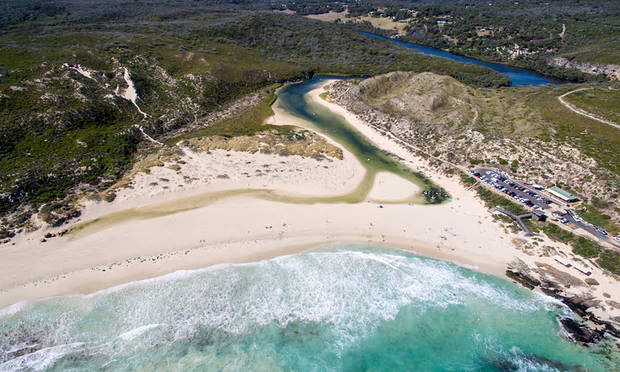It seems logical to grant protection to nature by treating it as a living entity. And the law might be catching up
This article by Jane Gleason White appeared in The Guardian, March 31st, 2018.
On 20 March a community rally on the Margaret river south of Perth called for the river to be recognised as a legal entity with the local council as its custodian. Under the banner “Is it time to give our river rights?”, more than 100 people discussed ways of protecting the river, prompted by plans for a mountain-bike and walking track along the foreshore. A river advocate, Ray Swarts, says a rights-of-nature approach has majority support in the council.
The emerging international rights-of-nature movement aims to address the way western legal systems treat nature as property, making the living world invisible to the law. It uses western legal constructs, such as personhood and rights-based approaches, to shift the status of nature from property to a subject in law in an effort to protect the natural world.
This new approach to environmental law was introduced in the US by the Community Environmental Legal Defense Fund, whose first success came in 2006 when it helped to defend a Pennsylvania community’s right to reject sludge being dumped in their borough.
In just over a decade the rights-of-nature movement has grown from one law adopted in a small community in the US to a movement which has seen countries enact laws, even constitutional protections, recognising the rights of nature, says the fund’s co-founder, Margi Margil.
In 2008 Ecuador became the first country to enshrine the rights of nature in its constitution. Margil helped draft the legislation and says that during the process: “Indigenous members of Ecuador’s constitutional assembly told us that codifying the rights of nature would expand their collective rights as Indigenous peoples.” MORE…

